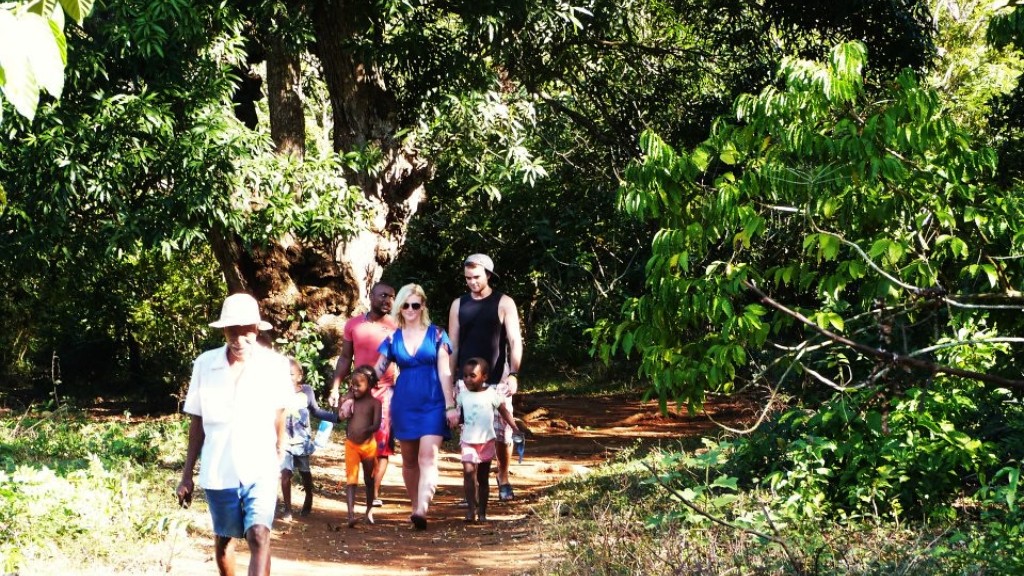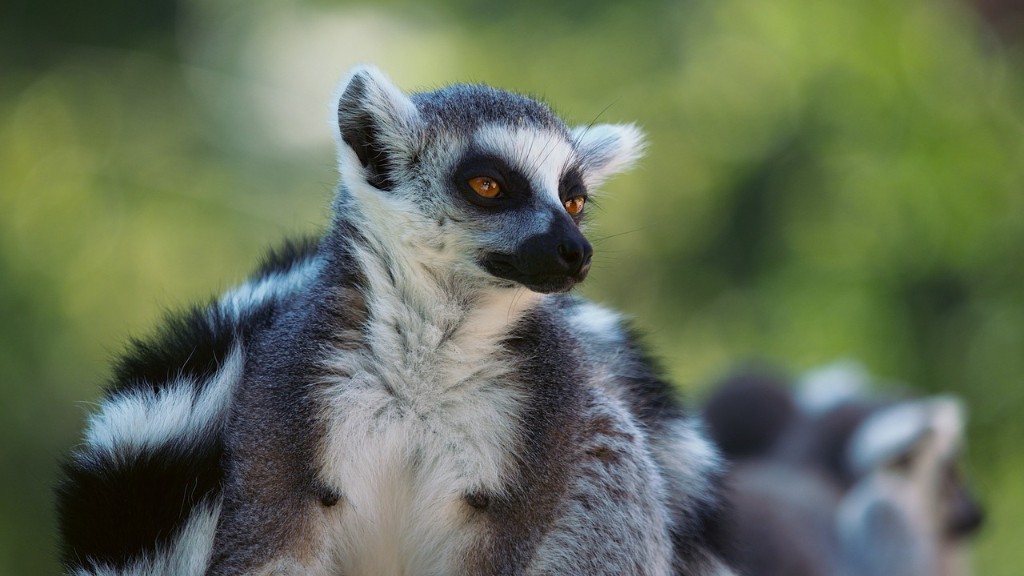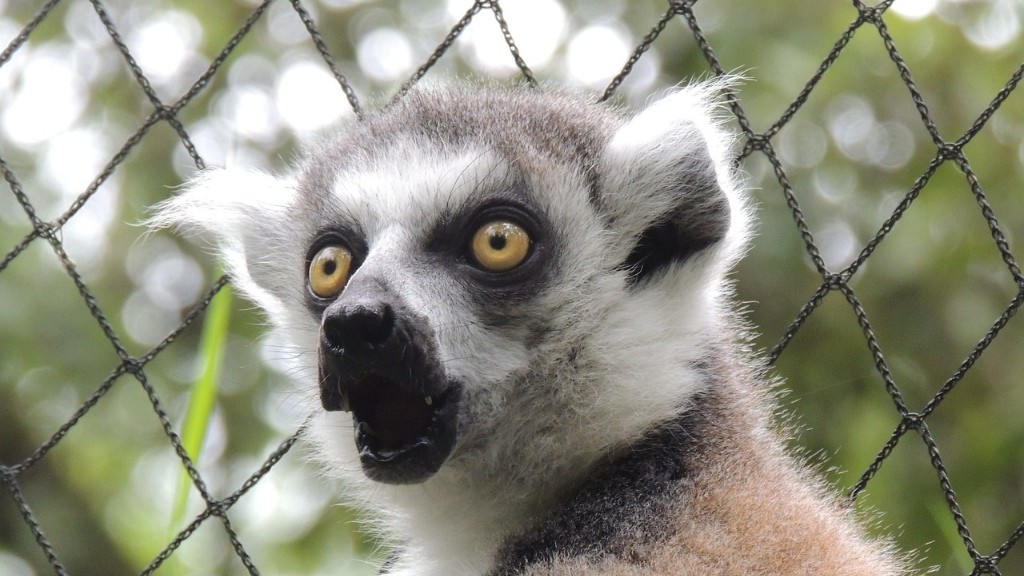Most Dangerous Animals in Madagascar
Madagascar, known for its unique biodiversity, is home to numerous fascinating and sometimes deadly creatures.
Although the island is renowned for its lemurs, it is important to be aware of the potential dangers posed by some
of its animals. From venomous snakes to ruthless predators, here are a few of Madagascar’s most dangerous
animals.
1. Fossa
The Fossa, a carnivorous mammal endemic to Madagascar, is the largest predator on the island. With a slender and
agile body, it can climb trees and attack with strength and agility. Although they rarely pose a threat to humans,
especially if left undisturbed, there have been a few documented cases of Fossas attacking people, making them a
potential danger.
2. Nile Crocodile
While Nile Crocodiles are commonly associated with Africa, they can also be found in Madagascar. These massive
reptiles are known for their aggressive nature and are responsible for several fatal attacks on humans each year.
They are most commonly found near rivers and coastal areas, so caution should be exercised when venturing into
their territory.
3. Madagascar Hissing Cockroach
The Madagascar Hissing Cockroach, although not physically dangerous to humans, can cause distress with its menacing
appearance. Its ability to produce a loud hissing sound by expelling air through its spiracles can be alarming,
especially to those who are not familiar with this unique insect. However, they are harmless and play an important
role in the ecosystem as decomposers.
4. Blue-Ringed Octopus
Found in the waters surrounding Madagascar, the Blue-Ringed Octopus is a small but venomous creature. Despite its
small size, it carries a potent neurotoxin that can paralyze its prey and pose a significant threat to humans. If
encountered while diving or snorkeling, it is crucial to maintain a safe distance and avoid any interactions with
this beautiful yet dangerous creature.
5. Dugong
The Dugong, often called the “sea cow,” is a marine mammal commonly found in the waters of southwestern
Madagascar. While generally docile, their immense size and weight can be dangerous if a diver or swimmer is
accidentally trapped or cornered. It is essential to give these gentle creatures enough space and observe them
without jeopardizing their safety or your own.
6. Tree Boa
Madagascar is home to a variety of snake species, some of which are venomous. The Tree Boa, with its bright colors
and slender body, is commonly found in the rainforests of Madagascar. While their venom is not usually lethal to
humans, a bite can still cause extreme pain and discomfort. Vigilance and caution are necessary when exploring
areas where these snakes reside.
7. Aye-Aye
Despite its harmless appearance, the Aye-Aye, a lemur species native to Madagascar, can become aggressive if
provoked or threatened. While it is unlikely to attack humans unprovoked, it is essential to respect their
territory and maintain a safe distance. These peculiar primates have sharp teeth and strong jaws, potentially
causing injury if mishandled.
The Importance of Awareness
Understanding the potential dangers associated with certain animals in Madagascar is crucial for both the safety of
visitors and the conservation of these species. By educating ourselves and respecting their habitats, we can
minimize risky encounters and help protect both humans and wildlife.
Preserving Madagascar’s Wildlife
Madagascar’s unique biodiversity is incredibly valuable and globally significant. It is vital to raise awareness
about the importance of conservation and sustainable practices to protect the wildlife and ecosystems of the
island. By supporting local initiatives and responsible tourism, we can contribute to the preservation of
Madagascar’s remarkable natural heritage.
Exploring the Fascinating Lemur Kingdom
While some lemurs in Madagascar may not pose direct physical harm to humans, their survival is essential. Lemurs,
with their captivating behaviors and impressive adaptations, are an integral part of the island’s ecosystem.
Observing these remarkable primates in their natural habitat can offer a unique experience and deepen our
appreciation for the interconnectedness of all living creatures.
Discovering the Hidden Gems of Madagascar
Beyond the potential dangers, Madagascar offers countless natural wonders that make it an extraordinary
destination. From breathtaking landscapes to vibrant cultures, exploring the island allows for enriching
experiences and unforgettable memories. Embracing responsible travel practices ensures that future generations
can also marvel at the island’s incredible beauty.



